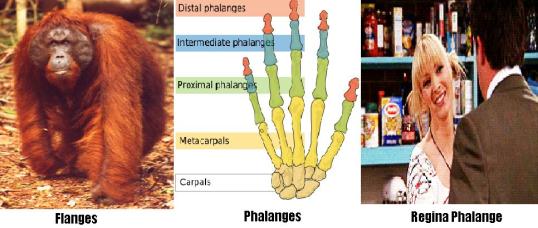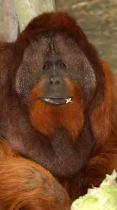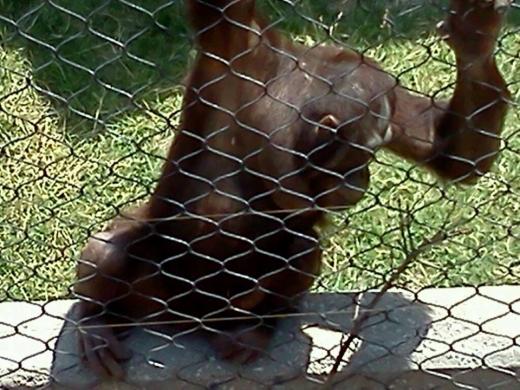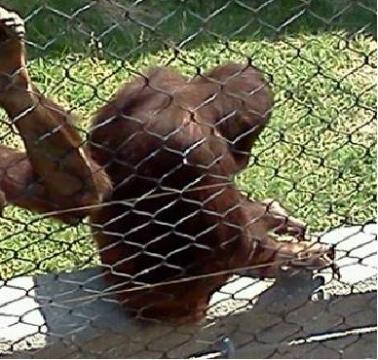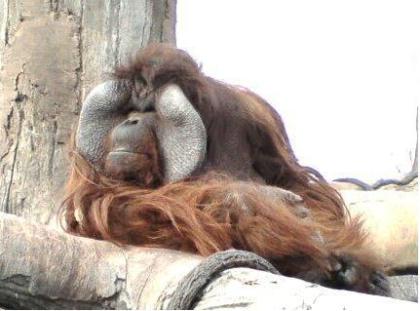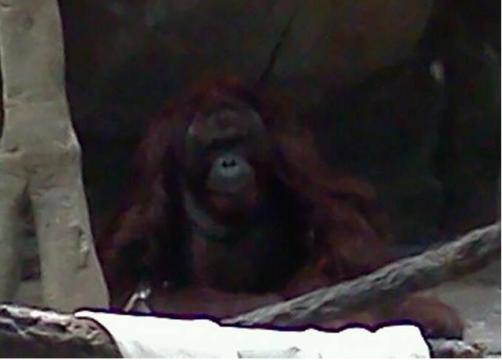Researchers have recently discovered that some ape species, chimps and orangutans, may have a memory similar to humans. In the past, scientists believed that time did not exist for animals. That animals only experienced the “now” and could not experience the past via memory. However Gema Martin-Ordas, PhD has been working with orangutans and chimps at the Leipzig Zoo in Germany to see if they can access “autobiographical” memories using a cue. Autobiographical memories are personal memories involving “I”, instead of memories involving the surroundings. Animals can remember routes in their habitats, such as where the trees are that produce. However, scientists are not sure if animals have the sense of self to think “I remember using this particular pathway to find fruit in this tree.”
Martin-Ordas and her colleagues took eight chimps and four orangutans and placed them in caged testing rooms. The apes watched as Martin-Ordas placed a banana on the outside of the room. The apes then watched as she placed two sticks of differing lengths in two separate boxes. Only one of the sticks was the right length to get the banana. Each ape had to find the right tool, head back to the room, and then use the tool to get to the banana. Each ape did it four times and all were successful in completing it.
For the next few years Martin-Ordas and her colleagues performed similar tests with the apes again, but not the exact same ones. Last year the original test was performed exactly the same. It was hoped that the original cues, Martin-Ordas, the room, and the puzzle, would remind the apes that they had to go search for the stick to get the banana. All, but one of the apes successfully completed the test.
This experiment are making scientists reevaluate the memory capabilities of animals, at least of apes.
Reference:
- Morrell, V. (2013, July 19). Ape Memory: Chimpanzees, Orangutans May Have Humanlike ‘Autobiographical’ Memory.Breaking News and Opinion on The Huffington Post. Retrieved August 8, 2013, from http://www.huffingtonpost.com/2013/07/19/ape-memory-chimpanzees-orangutans-human-autobiographical_n_3623802.html

